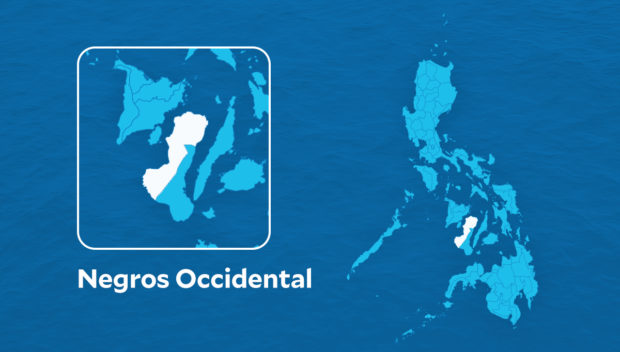
INQUIRER.net FILE PHOTO
BACOLOD CITY—The damage caused by the dry spell in Negros Occidental province has increased to P12.8 million as agriculture areas in four more localities were affected by the absence of rainfall in recent weeks.
Provincial agriculturist Dina Genzola said the dry spell recently hit rice crops in the towns of Binalbagan, Moises Padilla and Hinoba-an, as well as in Sipalay City. Earlier, local agriculture officials said the dry spell also damaged crops in Himamaylan City and the towns Isabela and Cauayan.
At least 346 hectares of rice farms in 36 villages, mostly rainfed and tilled by 373 farmers, were damaged by the dry spell, Genzola said.
Gov. Eugenio Jose Lacson said he had instructed provincial administrator Rayfrando Diaz to check where the provincial government could source funds to assist farmers as they try to recover from their production losses.
“We will be sitting down with our provincial agriculture office to set the parameters on who is qualified to receive assistance from the provincial government,” he said.
The amount, he said, will have to be set in an initial meeting to be held in the next two days.
Assistance
“It is highly possible that other local governments will be affected by the drought,” Lacson said.
The governor said the type and value of assistance would depend on the report that would be submitted by the provincial agriculturist.
“With regard to rice, we have areas that are irrigated and so we have to maximize the water available for these irrigated lands,” he said.
READ: In Antique, dry spell destroys rice, corn worth P33.7M
“The rice lands affected right now are those that have been dependent on rain. They never had irrigation for their rice lands so naturally they will be the first victims,” he added.
The bulk of the rice produced by Negros Occidental comes from irrigated farmlands.
“For as long as our irrigated land can produce the same volume of rice, even if there will be a drop in the overall rice production, I’d like to think that we will be okay because there’s [imported rice],” Lacson said. “The national government can always turn to importation of rice,” he added.